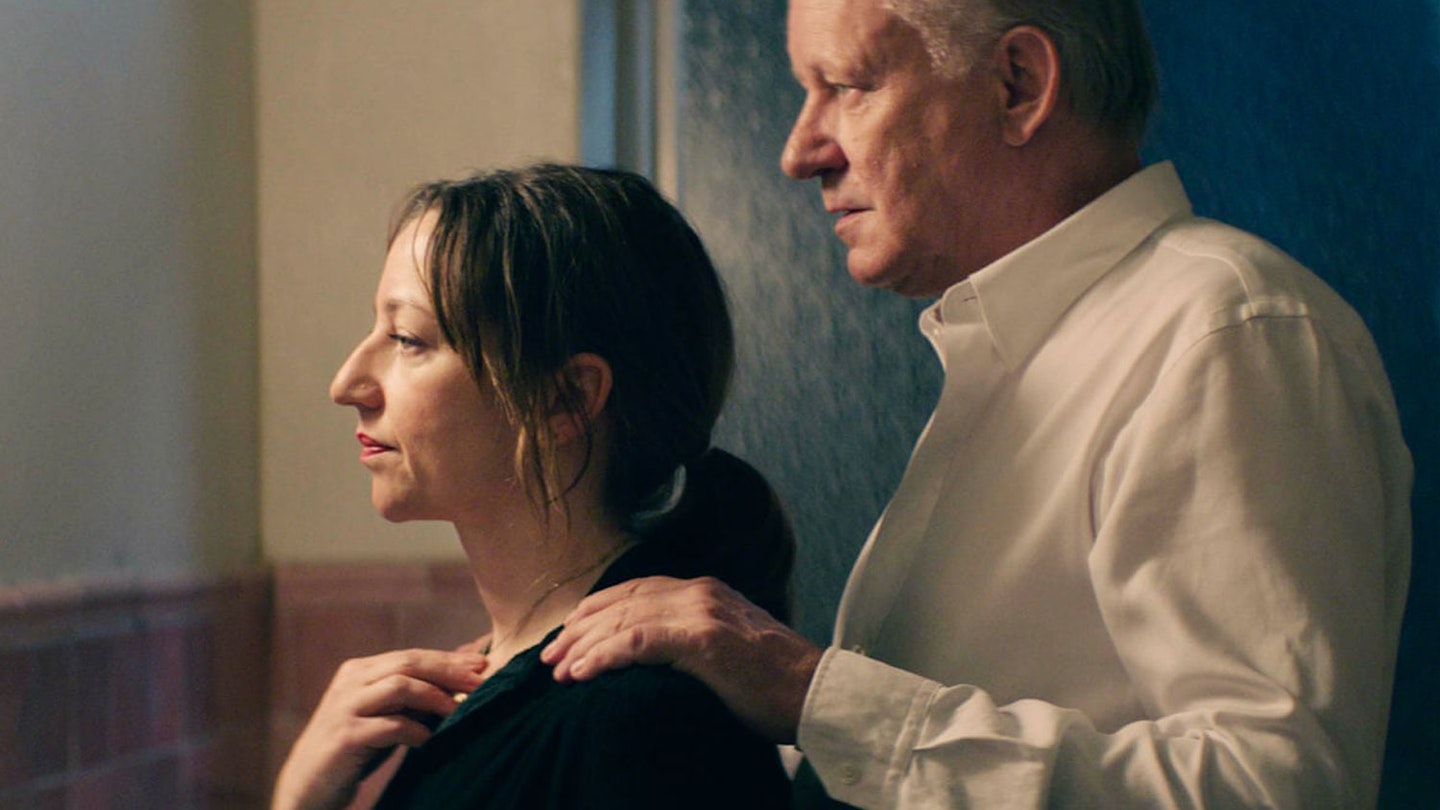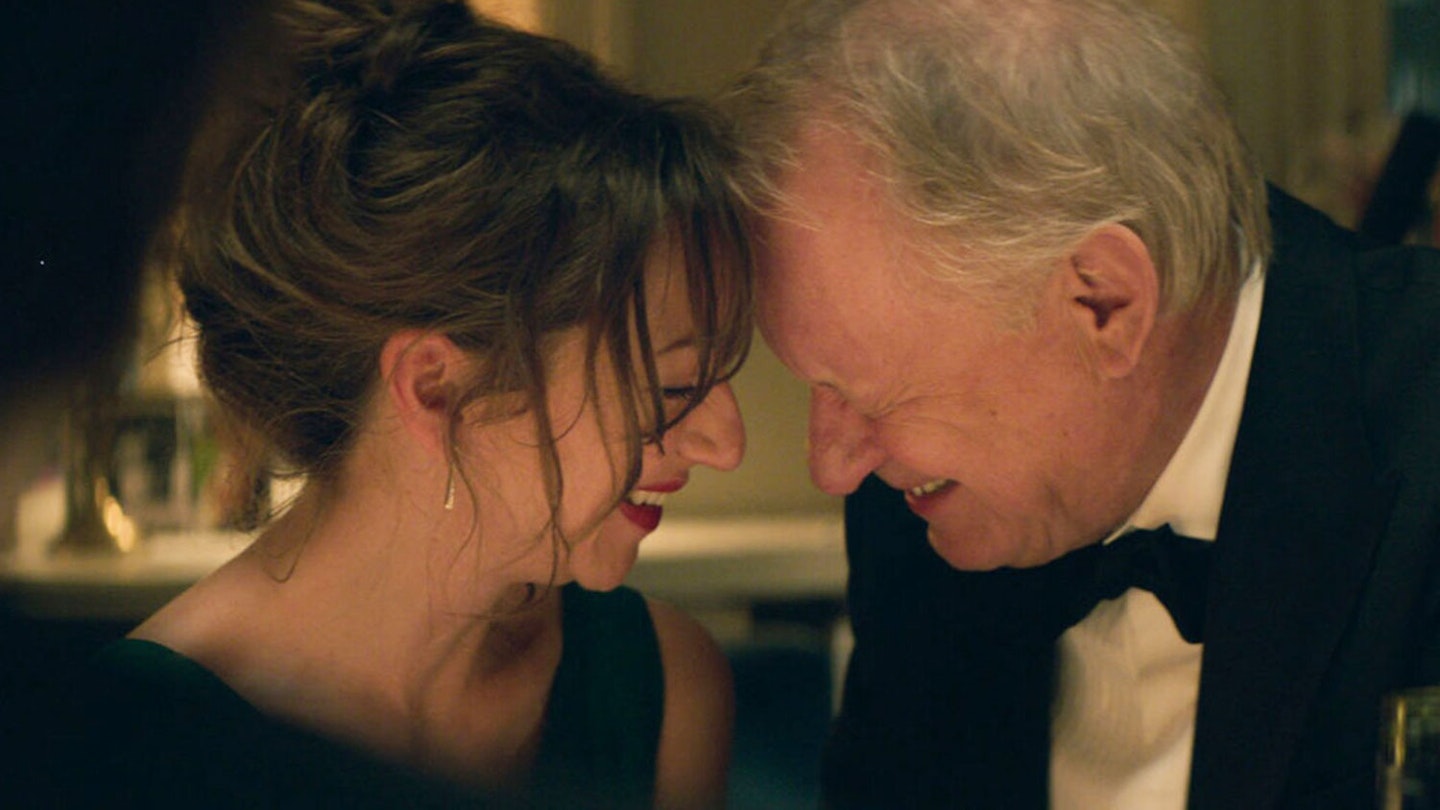Norwegian filmmaker Maria Sødahl’s Hope is a tiny treasure, an honestly realised character study about the way a terminal illness reverberates around a family. The scenario, drawn from Sødahl’s own difficult experience, wades into the most potentially mawkish sub-genre of all, but is handled with the utmost sensitivity, realism and care, covered in an observational style that avoids hyping the emotions. Built on two powerful performances by Andrea Bræin Hovig and Stellan Skarsgård, it’s an intimate experience that might frustrate in its understated approach, but Hope injects power and freshness into disease-of-the-week scenarios.

Successful choreographer Anja (Hovig) returns home to Oslo following a triumphant dance production, her first abroad. Long in the shadow of her brilliant theatre director husband Tomas (Skarsgård), it seems that Anja now has it all: a blossoming career, a large, tastefully furnished apartment, a happy blended family and a picture-book Christmas to look forward to. But, Sødahl subtly introduces seeds of discontent. Firstly, it becomes clear that Anja and Tomas’ marriage is not what it seems, Tomas wrapped up in his work to the detriment of Anja’s needs and life. But more pressingly, a 23 December visit to the doctor over headaches and dizziness reveals Anja has a massive oedema and tumour in her brain, possibly metastasized from a lung tumour she’d previously thought benign. The physician matter-of-factly reveals it is incurable.
Sødahl drip-feeds the development of Anja’s treatment in the smallest increments — there are numerous scenes of medical consultation and bureaucratic technique, the ebb and flow of optimism/despair perfectly modulated to feel convincing. But what truly impresses is the unsentimental, clear-eyed way Sødahl uses Anja’s illness as a prism to examine an atrophying marriage, the sense of chances missed, lives not led. It lacks obvious dramatic wallop; there are no big breakdowns or showdowns and the filmmaking eschews fireworks. Instead, Sødahl gives space for Skarsgård and especially Hovig to work wonders: the fluctuations of feeling — from uncomfortable silences to gentle handholding to almost violent lovemaking — are all beautifully observed and tenderly played: a confessional scene in a car is top-tier writing and performance. It’s one of a series of vignettes that build into a compelling picture of messed-up humans struggling to get to grips with the unthinkable.
